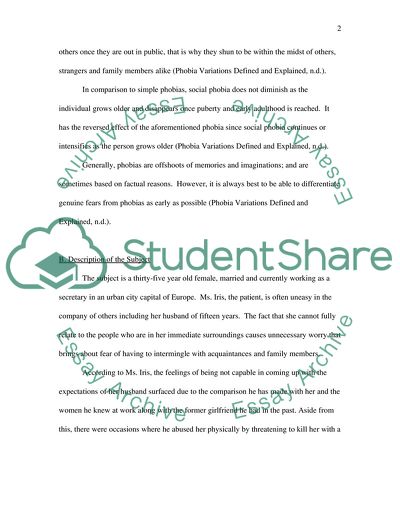Cite this document
(“Jung's Neo Psychodynamic Theory Essay Example | Topics and Well Written Essays - 2500 words”, n.d.)
Retrieved from https://studentshare.org/miscellaneous/1555263-jungs-neo-psychodynamic-theory
Retrieved from https://studentshare.org/miscellaneous/1555263-jungs-neo-psychodynamic-theory
(Jung'S Neo Psychodynamic Theory Essay Example | Topics and Well Written Essays - 2500 Words)
https://studentshare.org/miscellaneous/1555263-jungs-neo-psychodynamic-theory.
https://studentshare.org/miscellaneous/1555263-jungs-neo-psychodynamic-theory.
“Jung'S Neo Psychodynamic Theory Essay Example | Topics and Well Written Essays - 2500 Words”, n.d. https://studentshare.org/miscellaneous/1555263-jungs-neo-psychodynamic-theory.


